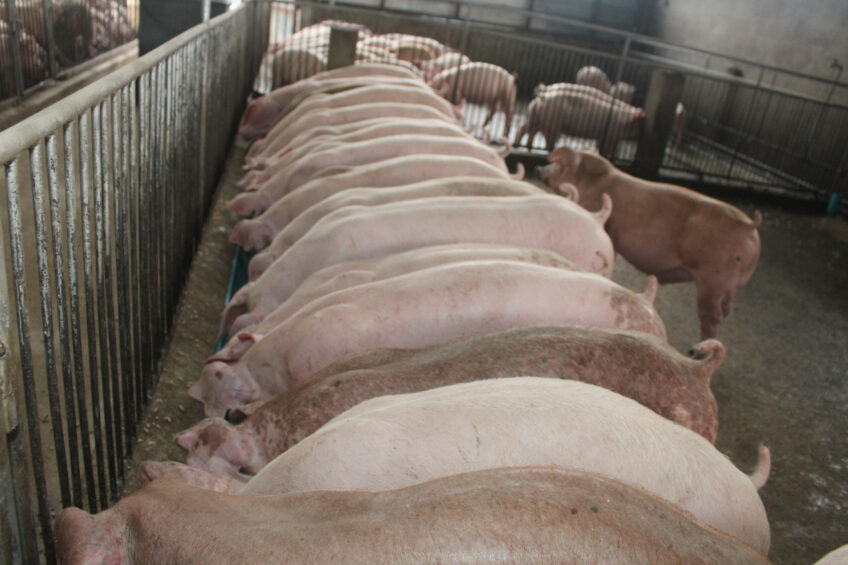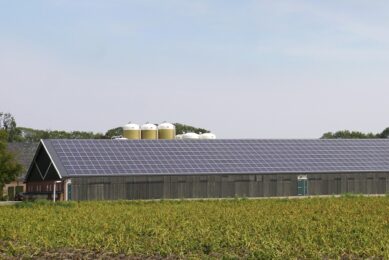Reducing nitrogen emissions in pigs (part II)

In his previous Expert Opinion, pig nutrition expert Dr Francesc Molist focused on management strategies to reduce nitrogen emissions in pigs. In this follow-up, he discusses the role of nutrition.
Low crude protein diets
When feeding low protein diets, the crude protein intake is automatically reduced. Since crude protein is an important source of amino acids, which are necessary for growth, amongst others, lowering the crude protein level of the diet could have a negative effect on the performance. However, it has been shown that as long as the levels of the limiting amino acids are maintained by adding synthetic amino acids, reducing the crude protein content should not have negative consequences on performance. A minimum level of crude protein in the feed however must be maintained to be able to form sufficient non-essential amino acids.
Furthermore, reducing the crude protein content also has a positive effect on protein utilisation. Based on studies by Schothorst Feed Research it can be concluded that reducing the crude protein content of a diet by 1.5-2% resulted in an improvement in nitrogen efficiency of 4-7% in the period 25 to 80 kg body weight.
The addition of NSP causes a shift of nitrogen emission with the urine to nitrogen emission via the faeces
Fermentable carbohydrates
The inclusion of (extra) non-starch polysaccharides (NSP) in the diet has an effect on the nitrogen emission in 2 ways:
- It causes a shift in nitrogen emission from urine to faeces;
- It lowers the pH of the slurry.
The addition of NSP causes a shift of nitrogen emission with the urine to nitrogen emission via the faeces. This has a reducing effect on the total nitrogen emission. NSP provide the energy required to bind urea that enters the colon through the blood to microbial protein. Once urea is bound in microbial protein, it will not volatilise and nitrogen emission will reduce.
When the NSP content in the feed is (too) low, urea will not be bound to the microbial protein, but will be resorbed and via the blood excreted with the urine. Based on various studies with growing finishing pigs it was estimated that for each increase in NSP of 100 g/kg the emission decreases by approximately 12%. However, the effect depends on the type of NSP, only the fermentable NSP (fNSP) result in an emission reduction.
Electrolyte balance in the feed
Furthermore, lowering the cation and anion balance, or electrolyte balance, in the feed has an acidifying effect on the urine and therefore a reducing effect on nitrogen emission. With a low electrolyte balance, a relatively large amount of Cl– is excreted via the urine. To keep the urine electrically neutral, this excretion is accompanied by excretion of H+.
An increased excretion of H+ results in a decrease of the pH of the urine. It has been reported that a reduction in the dietary electrolyte balance from 325 to 100 meq/kg resulted in lower pH from 6.1 to 5.6 with, the pH in the urine decreased from 6.1 to 5.6.











